Released in 1997, The Fifth Element has become a cult classic among sci-fi fans. The film, directed by Luc Besson, features an all-star cast, including Bruce Willis, Milla Jovovich, and Gary Oldman. The movie is set in the 23rd century and follows the story of a cab driver who teams up with a powerful being to save the world from an evil force.
The movie’s success is not only due to its engaging story and talented cast, but also the impressive production behind the scenes. From the creation of the futuristic world to the development of the memorable characters, the making of The Fifth Element was a true feat of filmmaking.
Key Takeaways
- The Fifth Element is a beloved sci-fi classic, known for its unique plot and talented cast.
- The film’s success is due in part to its impressive production, including the creation of the futuristic world and memorable characters.
- The movie’s enduring legacy and impact on popular culture continue to have an impact today.
The Making of The Fifth Element
Behind-the-scenes of the sci-fi classic “The Fifth Element” lies an intricate production process that brought to life the stunning futuristic world we know and love. The movie, directed by Luc Besson and released in 1997, has since become a cult classic, recognized for its groundbreaking visuals, iconic characters, and captivating storyline. Here’s a look at the making of “The Fifth Element.”
Pre-Production
The journey towards bringing “The Fifth Element” to the big screen started with a long and meticulous pre-production phase. The concept for the film was initially developed during the 1980s, but it wasn’t until the 1990s that Besson began to put together the team and resources necessary for the ambitious project. The script was crafted over the course of several years, with Besson working closely with artist Jean-Claude Mézières to create a vivid sci-fi universe unlike any other.
Casting
Another crucial aspect of the production was finding the right cast to bring the eclectic characters to life. Bruce Willis was cast as the film’s leading man, Korben Dallas, while Milla Jovovich played the unforgettable Leeloo. Chris Tucker’s flamboyant portrayal of Ruby Rhod also left a lasting impression on audiences.
| Character | Actor/Actress |
|---|---|
| Korben Dallas | Bruce Willis |
| Leeloo | Milla Jovovich |
| Ruby Rhod | Chris Tucker |
Set Design
The production design of “The Fifth Element” was nothing short of incredible, with detailed sets and costumes that captured the essence of a futuristic world. The team was led by production designer Dan Weil, who worked to create a unique aesthetic that blended cultures and time periods. The film’s spaceship, which took over a year to design and build, was based on the shape of a plane and featured a distinct Art Deco style.
The attention to detail in the movie extended beyond the visual elements, with the team developing a unique language spoken by Leeloo. The language, which features its own grammar and vocabulary, was created by linguist Mireille Gros and added to the film’s already rich and complex universe.
From the pre-production phase to the final product, the making of “The Fifth Element” was a true labor of love, resulting in a film that has stood the test of time and continues to inspire and captivate audiences around the world.
The Enigmatic Characters
The Fifth Element boasts an array of unforgettable and enigmatic characters that have become iconic in popular culture.
The central character of the film is Korben Dallas, played by Bruce Willis, a former special forces operative. Korben is a man who reluctantly becomes embroiled in a quest to save the universe and the mysterious Fifth Element. Willis brings his trademark charisma and wit to the role, creating a character that is both tough and vulnerable.
Another standout character is Leeloo, played by Milla Jovovich. Leeloo is the Fifth Element, a being with unique abilities who is key to saving the world. Jovovich’s portrayal of Leeloo is captivating, and her physicality and emotional range make her an unforgettable character.
Gary Oldman delivers a memorable performance as the villainous Zorg, a ruthless industrialist who is working with evil forces to bring about the end of the world. Oldman’s portrayal of the character is both over-the-top and menacing, creating a villain that is both comical and terrifying.
Other notable characters include Ruby Rhod, a flamboyant radio host played by Chris Tucker, and Father Vito Cornelius, played by Ian Holm, a priest who is the keeper of knowledge about the Fifth Element. Each character brings something unique to the film and adds to the overall world-building and storytelling.
The Futuristic World
The Fifth Element takes place in a visually stunning futuristic world that is unlike anything seen in science fiction before. The film’s production designer, Dan Weil, created a world that is both familiar and alien, incorporating elements of classical architecture and futuristic technology.
The costumes designed by Jean Paul Gaultier are also integral to the film’s visual style, blending traditional styles with futuristic elements to create unique and memorable looks for each character. The iconic orange outfit worn by Leeloo, played by Milla Jovovich, has become one of the most recognizable costumes in film history.
The Creation of the World
The production team employed a variety of techniques to bring the world of The Fifth Element to life. The cityscapes were constructed using a combination of miniatures, matte paintings, and computer-generated imagery, while the vehicles and props were built using a mix of practical and digital effects.
One of the most challenging aspects of the production was creating the iconic flying taxis that appear throughout the film. The team built a full-size model of the taxi that was suspended on wires and filmed against a blue screen. The remainder of the taxi scenes were created using CGI.
The Aliens
The aliens in The Fifth Element are another standout element of the film’s design. Each alien species was designed to be distinct and memorable, with their own unique physical characteristics and cultures. The team used CGI and practical effects to bring the aliens to life, creating some of the most memorable and iconic characters in sci-fi history, including the giant, squid-like Diva Plavalaguna.
The team also designed a variety of futuristic weapons and technologies, including the Zorg ZF-1 pod weapon and the Mondoshawans’ sarcophagus-shaped spaceship.
The Fifth Element’s futuristic world remains a visual masterpiece that has influenced countless science fiction films and TV shows. Its unique blend of classical and futuristic elements has inspired designers and filmmakers to push the boundaries of what is possible in sci-fi design.
The Unforgettable Music
The music of The Fifth Element is an essential part of the film’s charm and appeal. Composed by Eric Serra, the soundtrack features a combination of electronic and orchestral music that perfectly captures the futuristic and otherworldly atmosphere of the movie.
The iconic main theme, titled “Little Light of Love,” is a hauntingly beautiful piece that perfectly captures the spirit of the film. The track “Diva Dance,” featuring an otherworldly performance by Albanian opera singer Inva Mula, is another standout moment in the movie that showcases Serra’s creativity and inventiveness.
The soundtrack of The Fifth Element received critical acclaim upon its release and has since become a cult classic. The music has been widely praised for its originality and has been cited as a major factor in the film’s lasting popularity.
In addition to the original score, the movie also features a number of popular songs from various artists, such as “Lucia Di Lammermoor” by Donizetti and “Alech Taadi” by Khaled. These songs contribute to the overall atmosphere of the film and add to its unique appeal.
Overall, the music of The Fifth Element is a key element of the film’s success and continues to be celebrated by fans of the movie more than two decades after its initial release.
The Lingo of the Future
One of the most distinctive elements of The Fifth Element is its use of a unique language, created specifically for the film. The language, called the Divine Language, was developed by director Luc Besson and linguist Mireille Grosjean, and is featured prominently throughout the movie.
The Divine Language is a complex system of phonetics and grammar, designed to convey a sense of otherworldliness and mysticism. It is spoken by a number of characters in the film, including the alien being known as the Diva, who performs a stunning aria in the language.
The language has its own set of symbols and characters, which were developed in collaboration with French designer Jean-Paul Gaultier. The symbols are featured prominently throughout the film, appearing on costumes, weapons, and other props.
Despite its complexity and the fact that it was only used in one film, the Divine Language has gained a cult following among fans of the movie. Many have attempted to learn and decipher the language, and there are even online communities dedicated to discussing and analyzing it.
The use of a fictional language in The Fifth Element adds to the otherworldly and fantastical qualities of the film, and is just one of the many reasons why it has become a beloved classic of science fiction cinema.
Behind the Action Sequences
The Fifth Element is well-known for its thrilling and elaborate action sequences that keep audiences on the edge of their seats. But how exactly were these scenes created?
The production team pulled out all the stops to create the high-octane stunts and choreography that feature throughout the film. One of the most memorable action scenes is undoubtedly the high-speed chase through the streets of a futuristic New York City. To achieve this, the production team built an expansive set that replicated the city streets, complete with flying cars and futuristic buildings.
The stunt team worked tirelessly to perfect the aerial car chase, using a combination of practical and digital effects to bring the scene to life. This included using models of the flying cars that were operated by remote control, as well as extensive green screen work to add in the futuristic cityscape.
The fight scenes in the film were also meticulously choreographed, with actors undergoing extensive training to execute the complex martial arts moves seen on screen. The team behind The Fifth Element even developed a unique fighting style for the film, drawing on a variety of martial arts disciplines to create something entirely new and visually striking.
The extensive use of practical effects adds to the realism of the action sequences in the film, with spectacular explosions and stunt work that are a testament to the skills of the production team. Ultimately, the action in The Fifth Element is a thrilling and unforgettable part of the film, and a must-see for any action movie fan.
Challenges and Triumphs
Like any major film production, The Fifth Element faced a number of challenges during its creation. From casting dilemmas to demanding shoot schedules, the team behind the film had to overcome a variety of obstacles in order to bring the project to fruition.
One major challenge was finding the right actors to bring the eclectic characters to life. Director Luc Besson initially struggled to cast the role of Korben Dallas, the film’s protagonist, eventually settling on Bruce Willis after a number of other actors turned down the part.
Additionally, the production faced logistical challenges, particularly during the filming of the movie’s climactic scene. The scene, which featured a large-scale space battle, required intricate choreography and special effects that made it one of the most complex sequences to shoot.
Despite these obstacles, the team behind The Fifth Element persevered and ultimately triumphed. The film’s stunning visual effects and imaginative world-building have made it a beloved classic among sci-fi fans, while its influence on the genre can still be felt today.
Triumph: Creating a Unique Language
One particular triumph of the film’s production was the creation of a unique language for the characters to use. Director Luc Besson worked with linguist Mireille Grosjean to develop a fictional language, which was used throughout the film. The language, which incorporated elements of both Romance and Slavic languages, added to the movie’s overall world-building and helped immerse audiences in the futuristic setting.
Despite the difficulties faced during production, the team behind The Fifth Element was able to create a truly unique and groundbreaking film that has since become a staple of the sci-fi genre. Through dedication and perseverance, they were able to overcome the challenges presented during filming and bring to life a movie that continues to captivate audiences to this day.
The Legacy of The Fifth Element
The Fifth Element has had a lasting impact on the sci-fi genre since its release in 1997. The film’s innovative visual effects and unique storytelling paving the way for future filmmakers in the genre.
The movie’s influence can be seen in a number of subsequent films, such as Lucy and Avatar. It has also spawned a number of video games and comic book adaptations, solidifying its place as a beloved piece of pop culture.
The film’s message
At the heart of The Fifth Element is a message about the power of love and humanity’s ability to come together in the face of adversity. This message resonated with audiences worldwide and helped to establish the film’s place in cinematic history.
The legacy of the characters
The characters of The Fifth Element have also left an indelible mark on popular culture. Leeloo, played by Milla Jovovich, has become an iconic figure in science fiction, while Bruce Willis’s portrayal of Korben Dallas has inspired countless action heroes in the years that followed.
Even the smaller characters, such as Ruby Rhod and Zorg, have gained a cult following among fans of the film.
The film’s impact on fashion and design
The Fifth Element’s futuristic world and unique aesthetic have also influenced fashion and design. The film’s costumes, designed by Jean-Paul Gaultier, have been praised for their creativity and ingenuity, inspiring fashion designers for years.
The movie’s set designs and special effects have also set the bar for sci-fi films that came after it. Its influence can be seen in movies like The Matrix and Star Wars: The Phantom Menace.
The Fifth Element remains a timeless classic, a film that continues to inspire and entertain audiences over two decades after its initial release.
The Fifth Element Fan Community
The Fifth Element has amassed a dedicated fanbase in the years since its release in 1997. Fans of the film gather at conventions, cosplay events, and online forums to celebrate their love of the movie.
One of the most popular elements of The Fifth Element fan community is fan theories. These theories range from plausible to outlandish, and fans love to speculate about hidden meanings and Easter eggs in the film.
The film’s director, Luc Besson, has also expressed his appreciation for the fan community. In a 2014 interview with Collider, Besson noted that the film’s success with fans has allowed him to continue making sci-fi movies.
For those looking to connect with other fans of The Fifth Element, there are numerous online communities to explore. Reddit’s r/TheFifthElement subreddit has over 21,000 members, while fan sites like The Fifth Element Fan Network offer forums, fan fiction, and fan art.
Whether it’s through cosplay, fan fiction, or simply rewatching the film, The Fifth Element fan community continues to grow and thrive, keeping the legacy of this beloved sci-fi classic alive.
The Cultural Impact
Since its release in 1997, The Fifth Element has become a cult classic and amassing a dedicated fan base. The film’s unique blend of sci-fi, action, and humor has captivated audiences around the world and made it a staple of popular culture.
One of the most notable impacts of the film is its influence on fashion. The iconic costumes worn by Leeloo and Ruby Rhod have been an inspiration for countless fashion designers and cosplayers over the years. The film’s futuristic aesthetic has also inspired many other sci-fi films and TV shows.
Another lasting impact of the movie is its impact on language. The creation of the fictional language used in the film, the Divine Language, has sparked the interest of linguists and language enthusiasts alike. The film also popularized the use of the term “multipass,” which has become a common slang term in the geek community.
Furthermore, The Fifth Element‘s impact can be seen in many other forms of media, from video games to music videos. The film’s unique visual style has inspired numerous artists, and its themes of love and sacrifice have resonated with audiences for decades.
Overall, The Fifth Element has had a significant cultural impact and continues to inspire and entertain people around the world. Its enduring popularity is a testament to its unique vision and the talented filmmakers who brought it to life.
Conclusion
In conclusion, The Fifth Element is a movie that has stood the test of time. The behind-the-scenes look into the making of the film has given us a glimpse into the incredible efforts put into making the movie a cult classic. Director Luc Besson and his team of creators have left no stone unturned in ensuring that every aspect of the movie is perfect.
From the enigmatic characters, the futuristic world, and the unforgettable music, to the challenges and triumphs faced by the team during the production process, the legacy of the movie and its impact on popular culture and the sci-fi genre will continue to be felt for generations to come.
The Fifth Element Fan Community
Furthermore, the dedicated fan community of The Fifth Element continues to grow. With fan events and fan theories, the movie has inspired a new generation of fans who are passionate about the film and its underlying themes.
The Cultural Impact
Lastly, it is clear that The Fifth Element has made a significant cultural impact. The film’s combination of action, humor, and sci-fi elements has influenced numerous other movies and TV shows over the years. It has cemented its place in popular culture and will continue to be celebrated for years to come.
In summary, The Fifth Element is a true masterpiece that has captured the imaginations of audiences for over two decades. The movie’s behind-the-scenes stories and fascinating characters have given us a unique insight into the creative process that went into making such an amazing film.
FAQ:
Q: What is “The Fifth Element: Behind the Scenes” article about?
A: “The Fifth Element: Behind the Scenes” is an in-depth exploration of the making of the film “The Fifth Element,” including insights into its production process, characters, futuristic world, music, action sequences, challenges faced, cultural impact, and fan community.
Q: What is the significance of “The Fifth Element” movie?
A: “The Fifth Element” is a popular sci-fi film known for its visually stunning futuristic world, memorable characters, and iconic soundtrack. It has had a lasting cultural impact and continues to have a dedicated fan base.
Q: What topics are covered in the article?
A: The article covers various aspects of “The Fifth Element,” including the making of the film, the enigmatic characters, the futuristic world, the unforgettable music, the unique lingo used, the action sequences, the challenges faced during production, the legacy of the film, the fan community, and its cultural impact.
Q: How many paragraphs are there in each section?
A: The number of paragraphs varies for each section, but there are typically 1-2 paragraphs per section.
Q: How does the article conclude?
A: The article concludes by summarizing the key points discussed throughout the sections and providing a concluding statement about the overall impact and significance of “The Fifth Element” behind the scenes.
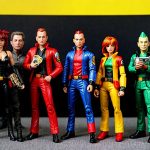
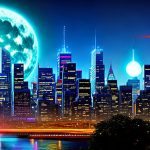
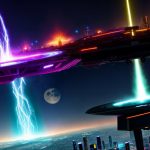


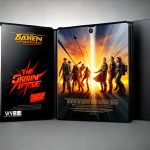

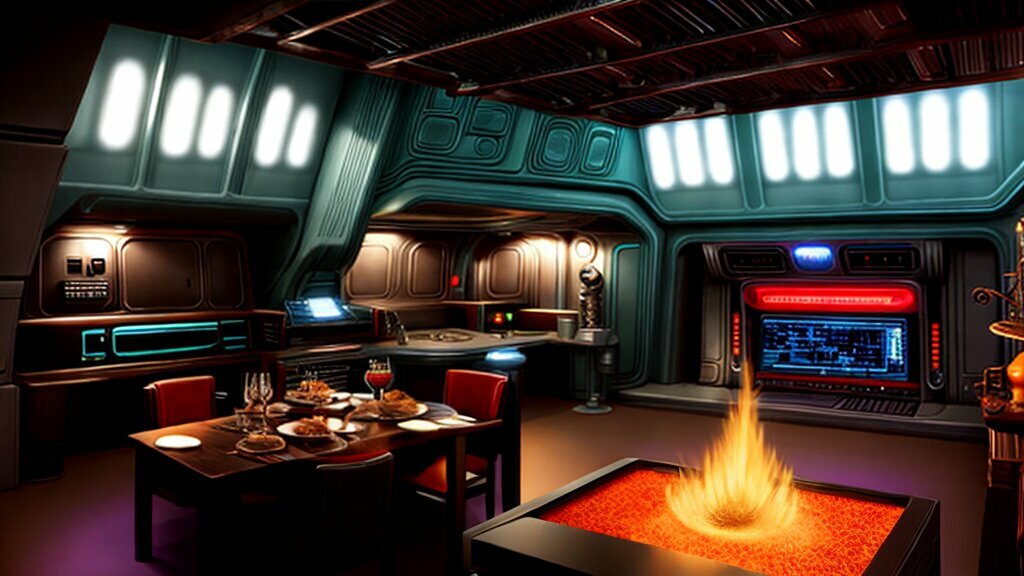
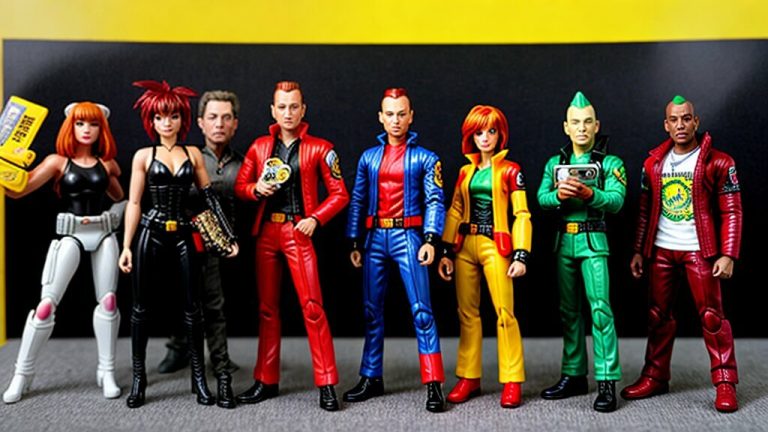
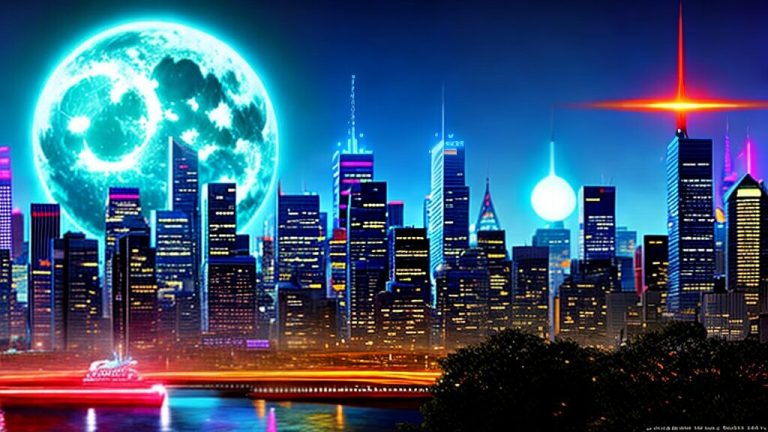
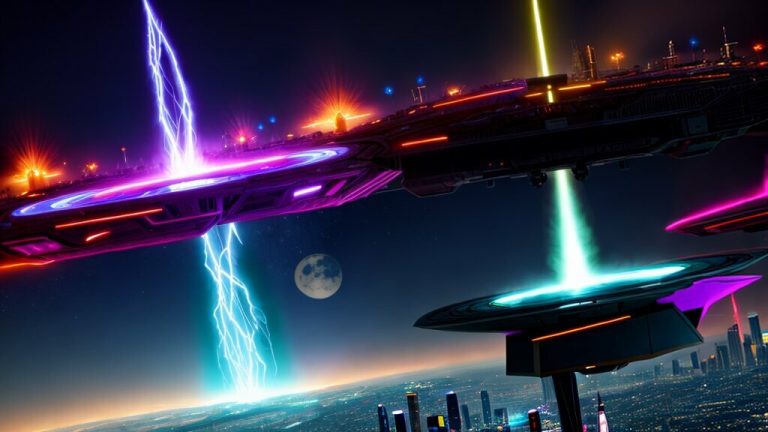
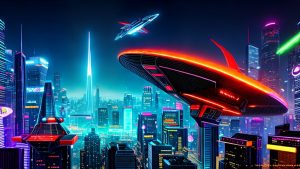
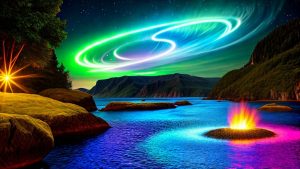
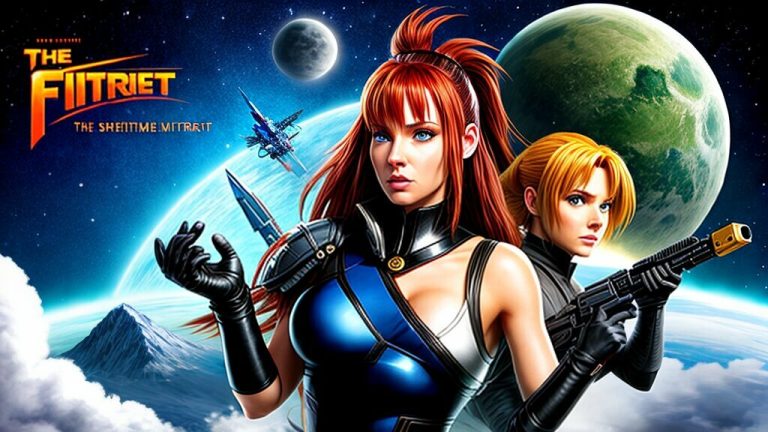
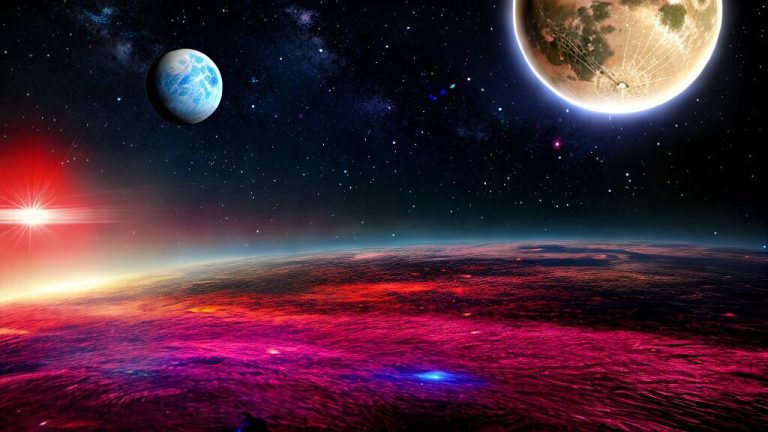
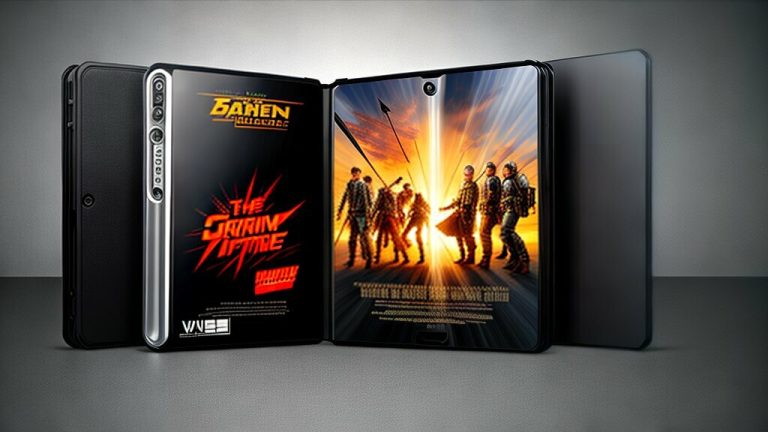
+ There are no comments
Add yours